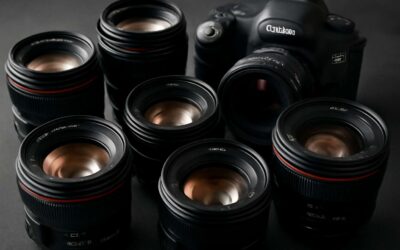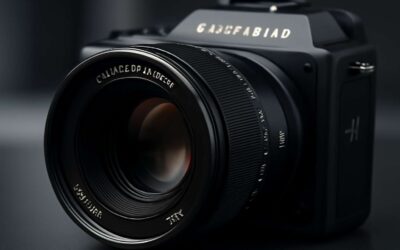
Choosing the right lens can change the way you photograph. There are many different types of lenses, with different visual characteristics and qualities, that can affect image quality. There are also practical reasons for selecting a specific camera lens. It’s important to understand how these characteristics work and how they affect your photography. Once you understand the basics, you’ll be able to add creative control to your digital photography.
The focal length of a lens is one of the most important factors in the choice of a camera lens. It affects how the subject will be framed in the picture and how much light is entering the lens. A longer focal length will make the subject appear closer to the camera, while a shorter focal length will create a wider image. This can be useful for capturing wide shots of landscapes and buildings, as well as for taking photos of the Milky Way.
There are two main kinds of lenses, prime lenses and zooms. A prime lens will have one focal length, while a zoom will allow the user to change the focal length to suit the subject. The prime will usually be sharper, brighter, and smaller, but the zoom will offer the versatility of having a wider focal length.
A variable aperture lens, on the other hand, is designed to provide a wider variety of settings for the depth of field. The downside is that these lenses sacrifice image quality. The benefits of these lenses include having a shallow depth of field and the ability to focus on the background of a photo.
A telephoto lens is similar to a wide lens, except that it allows the photographer to focus on a distant subject. A telephoto lens is also ideal for a number of different situations, such as photographing sports, wildlife, or portraits. They can also be used to produce images with a shallow depth of field, such as portraits of close subjects or a bokeh background.
A fisheye lens is another kind of lens that has a unique angle of view. These lenses are great for capturing photos of architecture or street scenes, as well as for creating a unique perspective. These lenses are typically categorized as being between four and fourteen millimeters in diameter. These lenses are typically circular, though they can vary depending on the model. The smallest diameter of a fisheye lens is 5.4mm, while the largest is 8.3mm.
A “kit” lens is a type of interchangeable lens that is often purchased for entry-level cameras. This type of lens has a flexible focal range, and sometimes the maximum aperture is also variable.
These lenses can be bought at a number of price points, and they can range from cheap to extremely expensive. These types of lenses will usually have a built-in autofocus feature that helps the photographer focus on the subject. They are particularly useful for low-light photography. They are available from companies such as Canon, Sony, and Sigma.


0 Comments